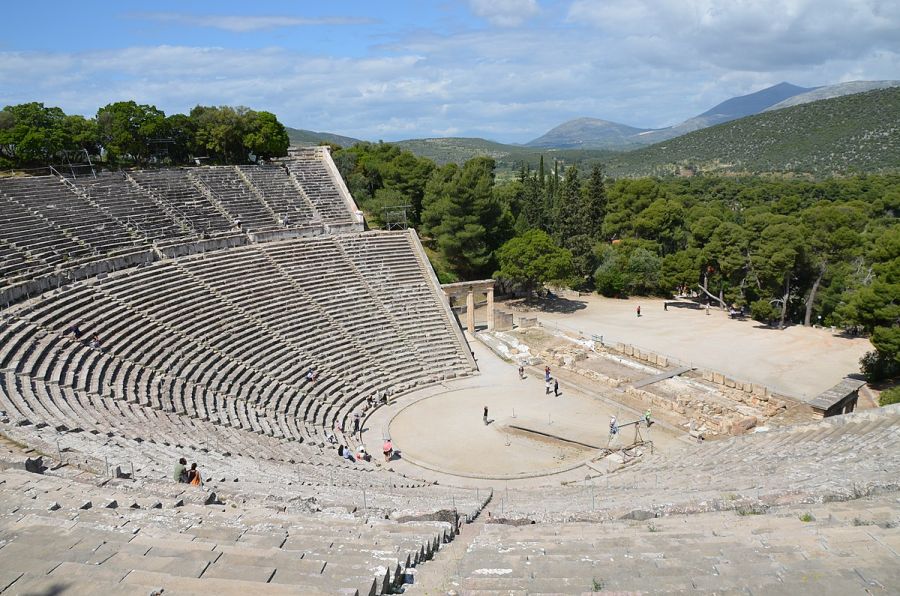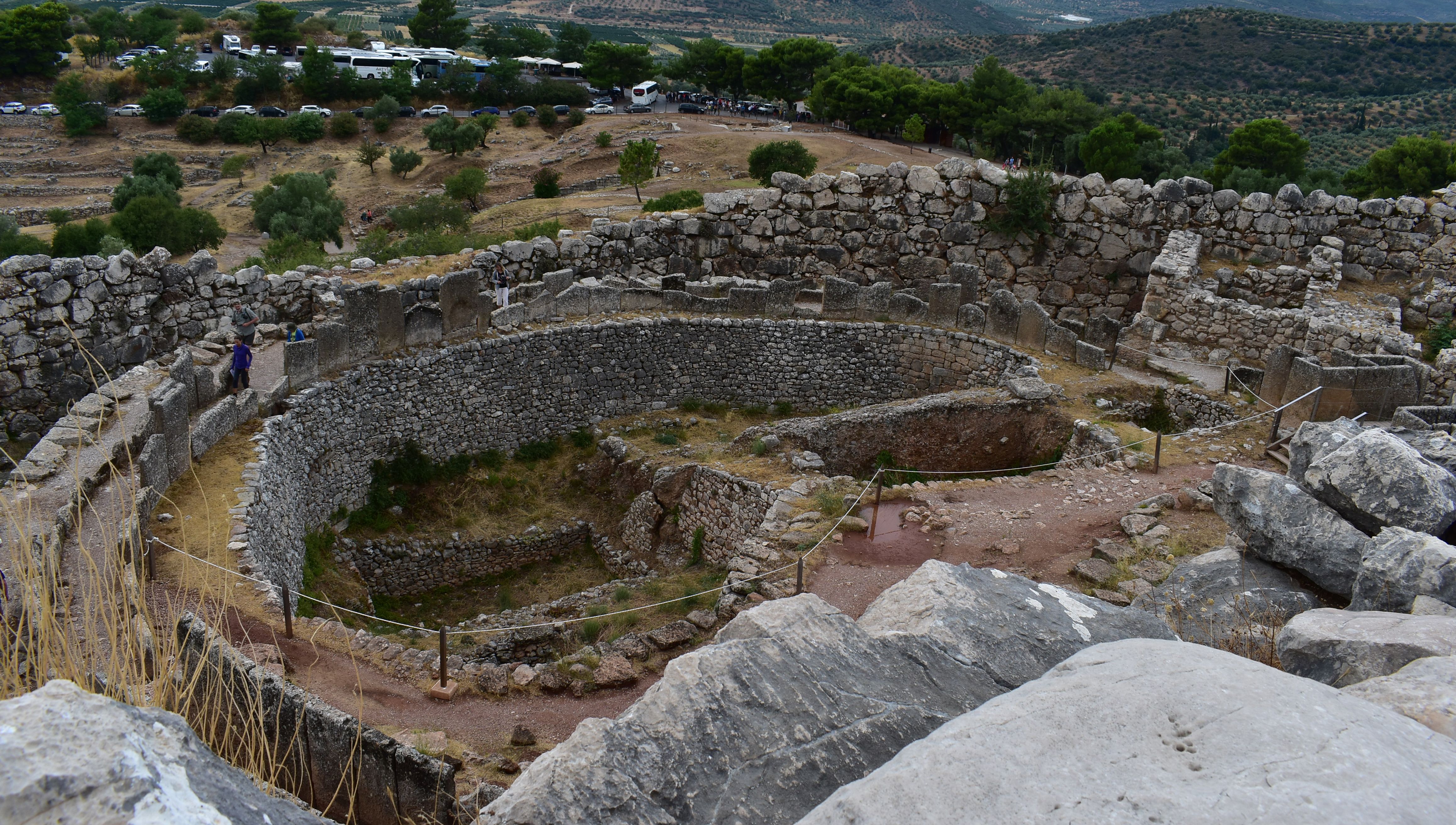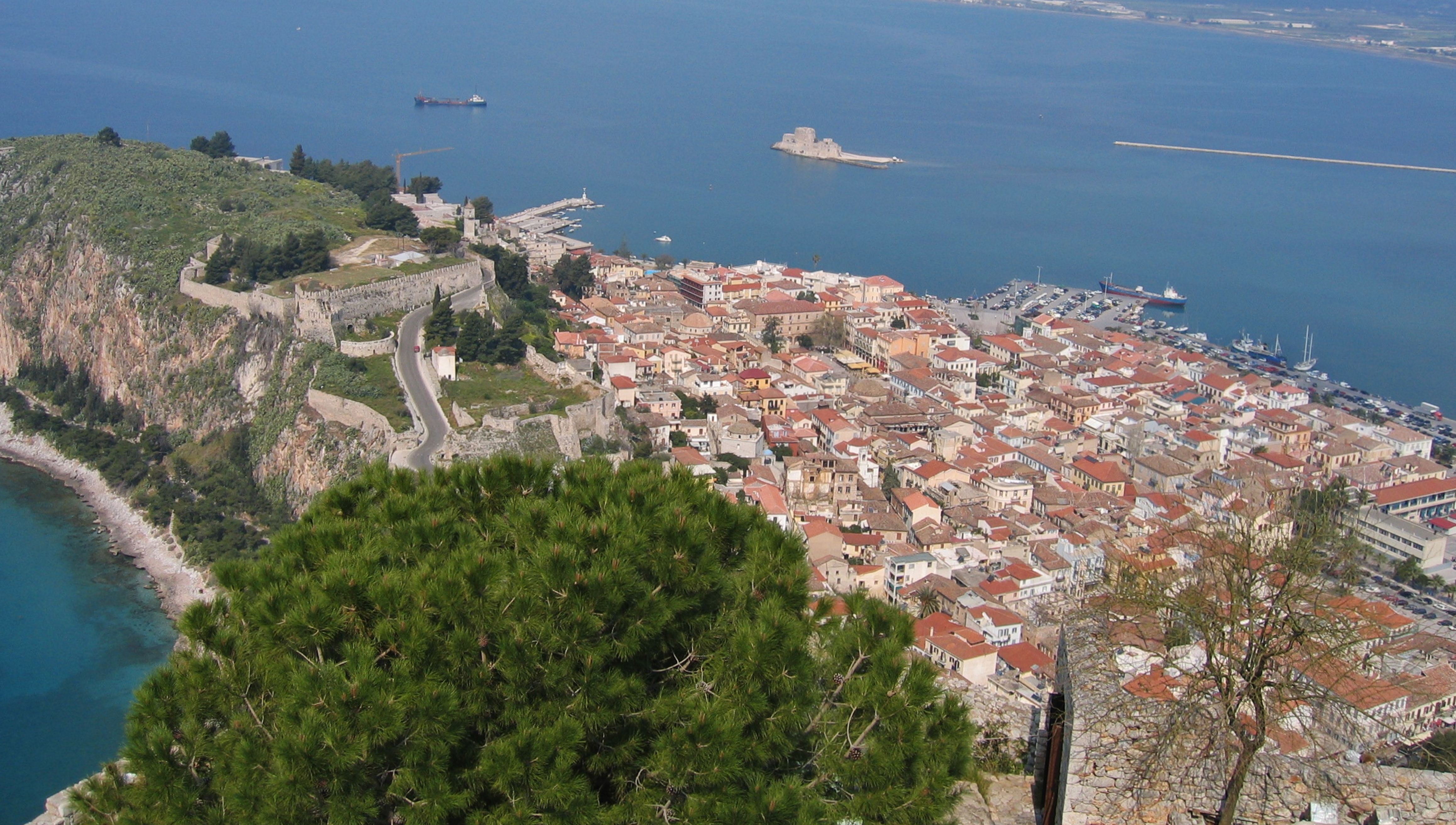Epidaurus, Mycenae, Nafplio, Peloponese ancient monuments
Peloponese
Peloponnese
Peloponnese is the most popular region of the Greek mainland in terms of tourism. The close distance to Athens, the beautiful resorts and the interesting sightseeing attract many visitors to Peloponnese Greece all year round. Historically, it has been the main field of action for Greece since the prehistoric times. In fact, it hosts the most important archaeological sites of Greece, including Olympia, Epidaurus, and Mycenae. Surrounded by sea from all sides, the region provides amazing beaches.
Enjoy sightseeing and sports; explore unique villages and alluring castles amidst stunning natural beauty, mountains and forests, rivers and caves. Not to mention that the Peloponnese is surrounded by the Greek sea, with lovely beaches, sandy and smooth coasts on the western part – rocky and lacy on its easternmost side.
Discover more here https://www.greeka.com/peloponnese/
Epidaurus
Epidaurus: for many people, this word brings to mind the town’s Ancient Theatre (c. 340-330 B.C.), a renowned monument included in UNESCO’s World Heritage Site list as part of the Sanctuary of Asclepius, the god of medicine for the ancient Greeks. Epidaurus is one of the most popular archaeological sites in Greece. Located on the northeastern side of Peloponnese, in the region of Argolis, Epidaurus Greece is mostly famous for its Ancient Theatre. This theatre was constructed in the late 4th century BC to host religious ceremonial events in honor of god Asclepius, whose healing center was located a few steps away. Famous for its symmetry and incredible acoustics, this classical theatre is surrounded by lush greenery and gives a nice view of the valley below. In summer, it hosts performances of ancient Greek drama. Many daily tours depart from Athens to Epidaurus and other places of Argolis.
Discover more here
Mycenae
Mycenae is among the most important archaeological sites in Greece. It is located on the eastern side of Peloponnese, close to Nafplion Town, and can be easily visited for a day trip from Athens. According to mythology, this was the town of the legendary king Agamemnon, the leader of the Greeks during the Trojan War. This place was also the setting of many myths in ancient Greek tragedies, especially the tragedies connected to Agamemnon and his family. Holidays in Mycenae usually last no more than a day, as tourists mostly go on a road trip to from the close town of Nafplion.
Ancient Mycenae is one of the most impressive archaeological sites in Greece. It is located in Peloponnese, in mainland Greece. Dating from the Late Bronze Era, this was the kingdom of the legendary king Agamemnon, leader of the Greeks in the Trojan War. It was an influential center of that time and it gave its name to an entire civilization, the Mycenaen civilization.
Surrounded by huge walls that were constructed by Cyclops as the myth says, it was a military-centered society with very limited interaction with other cultures. The most famous spots of Mycenae Greece is the Lion Gate, the entrance of the town, and the Treasury of Atreus, the vaulted tomb of King Agamemnon. The Archaeological Museum hosts interesting exhibits from excavations in the region.
Discover more here
https://greecetravelideas.com/the-archaeological-site-of-mycenae/
Nafplion
Nafplio was the first capital of the newly born Greek state between 1823 and 1834. According to mythology, the town was founded by Nafplios, the son of god Poseidon and the daughter of Danaus (Danaida) Anymone. The town’s history traces back to the prehistoric era when soldiers from here participated in the Argonautic expedition and the Trojan War alike. The town declined during the Roman times and flourished again during the Byzantine times. Frankish, Venetian and Turkish conquerors left their mark in the town and strongly influenced its culture, architecture and traditions during the centuries. Ancient walls, medieval castles, monuments and statues, Ottoman fountains and Venetian or neoclassical buildings mesmerize the visitor with their unique architecture and beauty.
The Palamidi Castle, which proudly stands 216 m above sea level. In order to reach it you have to climb all of its 999 steps carved into the rock. Not to worry, though: the view from above here is totally rewarding! Venture into a place drenched in history, where the famous hero of the Greek Revolution Theodore Kolokotronis had been imprisoned.
Discover more here https://www.visitgreece.gr/mainland/peloponnese/nafplio/
Arrivals
Arrival airports
Participants are expected to arrive through the Athens International Airport Eleftherios Venizelos, or Thessaloniki International Airport Makedonia, or Nea Anchialos National Airport.




